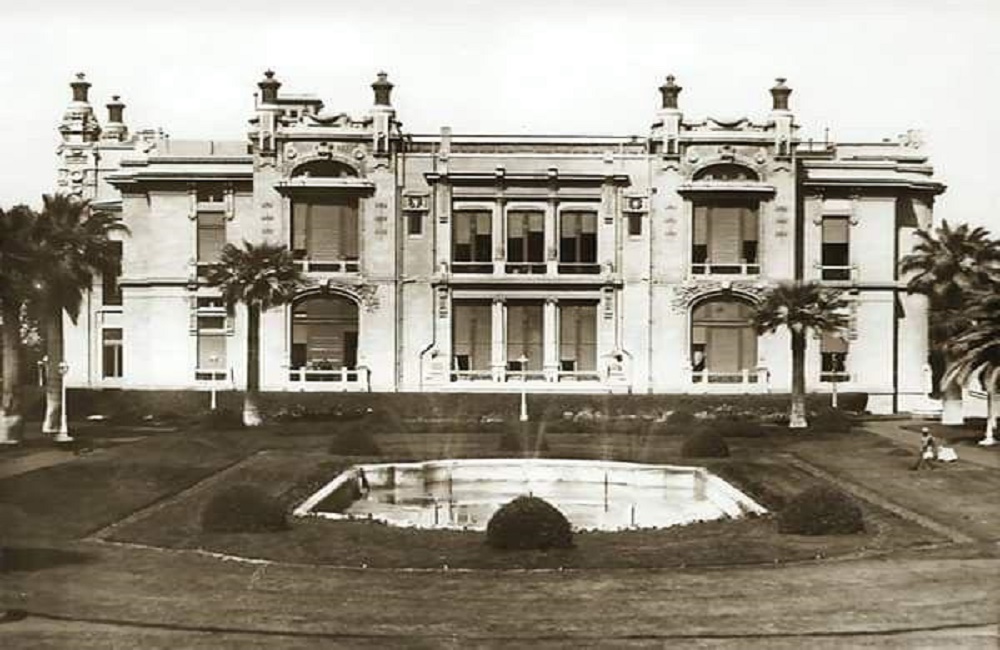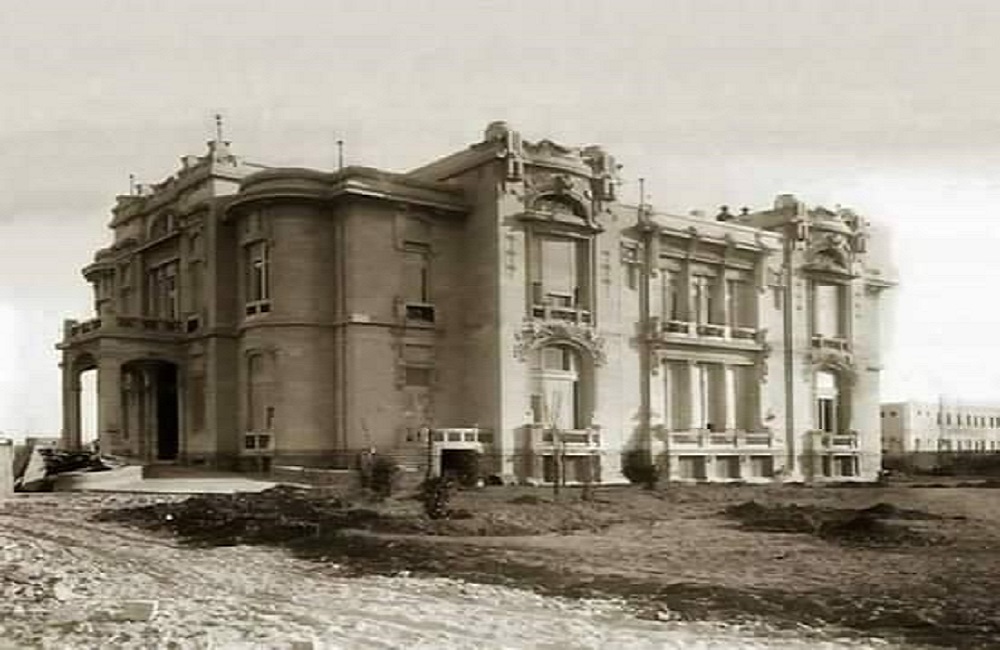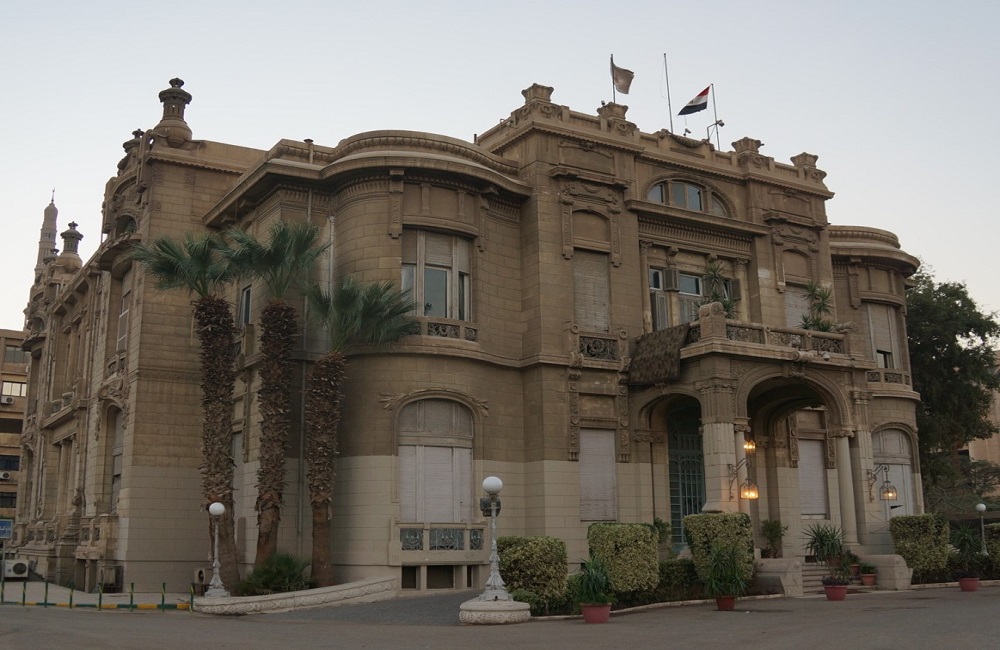Zafaran Palace
An imposing palace that is considered a grandiose architectural masterpiece, a witness to its time and to the historical events it went through, it is the Saffron Palace, which was associated with the name of Khedive Ismail, built by the Italian architect Antonio Lashiak in 1901-1902 for the two princesses Jananiar Hanim and Jeshm Afat Hanim, the widows of Khedive Ismail, in memory of the deceased husband. The two co-wife commissioned the architect, Antonio Lashiak, to place decorative draws representing the monogram of Khedive Ismail, with the first letter of his name inside a botanical wreath consisting of two opposite branches in a circular shape topped by the royal crown with a crescent, as one of the royal emblems known to rulers and princes of the era of the era of Muhammad Ali family.
Saray of Zafaran Story
The Saffron Palace was built with limestone from two floors and basements, and the roof is occupied by a group of service rooms, the area of the basement is 1504 square meters, and the area of both the ground and first floors is 1377 square meters, and this palace opens to five entrances, two main on the northern and southern sides, and two sub-branches, in addition to an entrance that leads to the basement.
The palace was built under the influence of the Baroque style, and is distinguished by the various decorative elements, which included bouquets of roses and the branches of flowers scattered in the four facades of the palace, which was characterized by the accumulation of plant units, as well as in the prominent blocks of the façades, so it was crowded with decorative units consisting of branches of plants, fruits and flowers Scattered on the facades.As for the interior carvings, they are influenced by Baroque motifs and some features of the Rococo style, which is an extension of the Baroque art by intensifying floral patterns, such as the use of garlands formed from flowers, and the use of warm pastel colors, and this also appears in the metalwork, and the interior decorations of the palace combined the Gothic style that It is evident in the frequent use of stained glass with lead, and in the small towers on the façades.

.svg)


